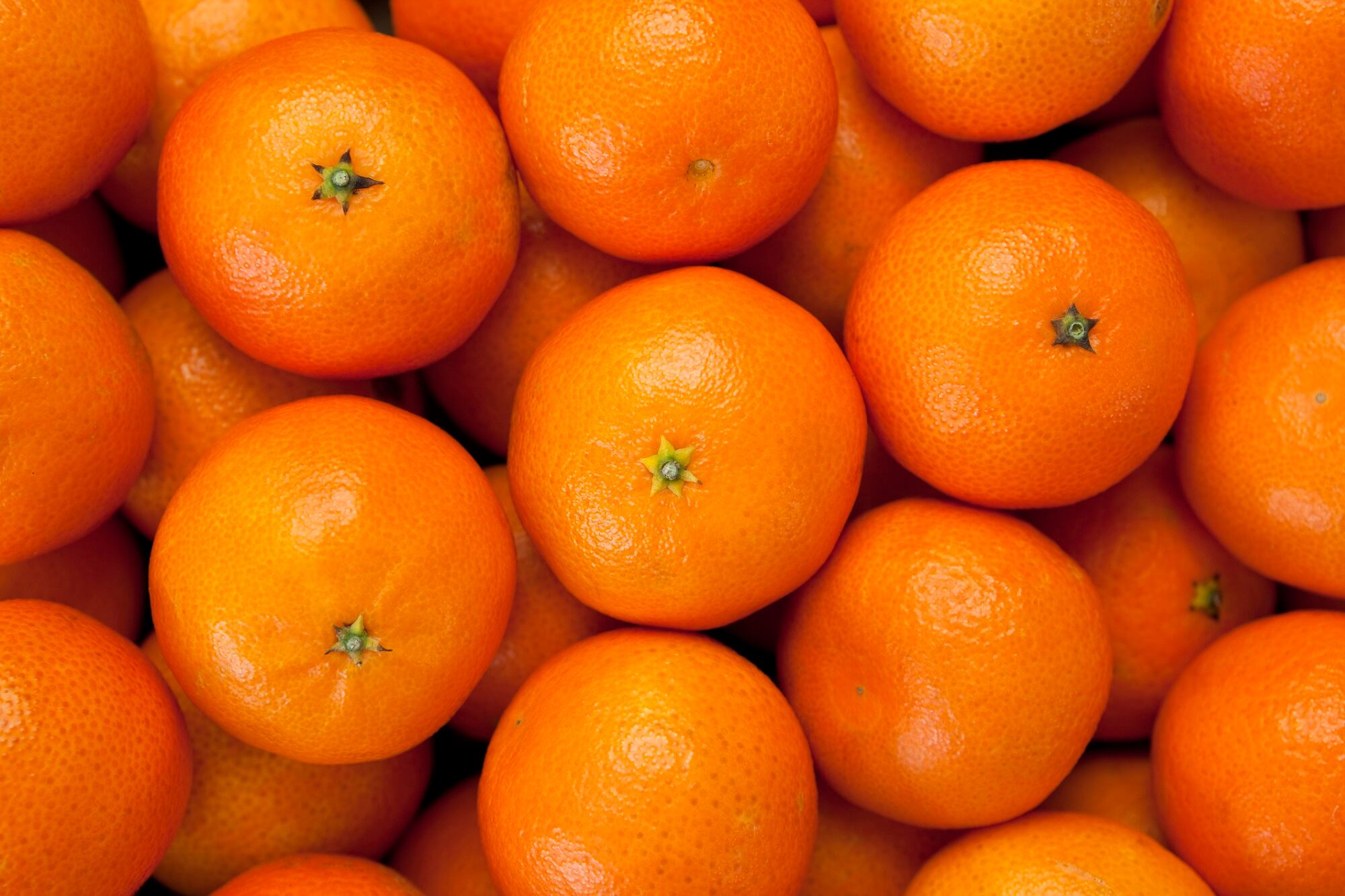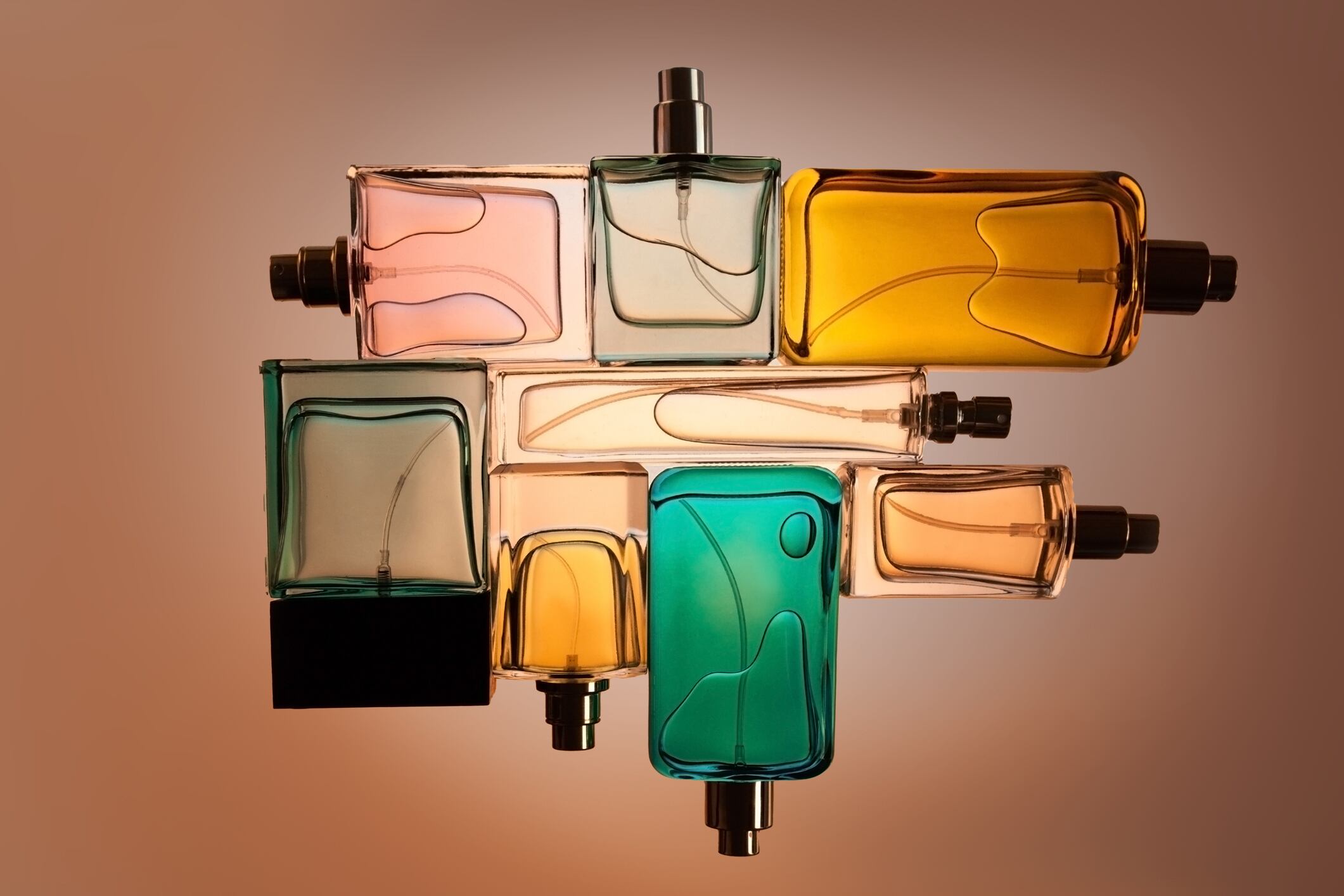Earlier this year, the Research Institute for Fragrance Materials (RIFM), “a member-supported nonprofit organization founded in 1966 that evaluates fragrance materials through our internationally recognized safety assessment and research programs” as detailed on its website, announced that it had published its first-ever peer-reviewed Natural Complex Substance (NCS) Safety Assessment.
NSC materials, extracted from plants like citrus, are used in fragrance mixtures for a wide range of consumer products, including cosmetics and personal beauty care options. The consumer demand for natural ingredient formulations in cosmetic and PBC products continues to rise as environmental awareness increases, and while the term “natural” promotes the perception of safety, as noted in the RIFM’s recent press release, NCS materials “contain several (but not only) fragrance ingredients with different physical–chemical properties, making their testing process more complicated.”
Further, the RIFM noted in its release that NCS materials “can be toxic to humans,” and therefore, by “evaluating these complex mixtures on a component and whole-oil basis, RIFM is pioneering these safety assessments with a strong emphasis on animal-alternative methods.”
So far, the RIFM has completed safety assessments of all synthetic fragrance ingredients and published more than 1,500 peer-reviewed assessments of them, with the expectation that all will be published by the end of next year. NCS material evaluations will follow suit, and the organization expects these assessments will be published in full by 2027.
To learn more about NCS materials as defined by the RIFM, the testing methods utilized in its NCS Safety Assessments, and the challenges the organization had to address in order to release the first peer-reviewed assessment, we interviewed Danielle Botelho, Ph.D., RIFM’s Safety Assessment Manager for her insights.
CDU: How does the Research Institute for Fragrance Materials (RIFM) define Natural Complex Substances (NCS)?
Dr. Danielle Botelho (DB, Ph.D.): Natural Complex Substances, or NCS, refers to ingredients extracted from plants and used in fragrance mixtures for various consumer products. An NCS is made up of individual fragrance materials with different physical-chemical properties.
CDU: In what ways can untested NCS materials cause human health concerns?
DB, Ph.D.: Any substance, whether naturally occurring or made in a lab, has the potential for adverse effects. It all comes down to exposure: the route of exposure (oral, dermal, or inhalation) and how much of the material is used in the exposure. For example, water is natural but potentially harmful if inhaled or if you drink too much of it. Likewise, most think oxygen is perfectly safe, but breathing 100% oxygen for too long can cause oxygen poisoning.
All materials—synthetic or natural—have the potential to be toxic; the route and amount of exposure determine the effect.
CDU: What is the best method for testing the safety of NCS materials for fragrances, cosmetics, or personal beauty care products?
DB, Ph.D.: Assessing NCS materials is similar to the stepwise process RIFM uses to evaluate discrete materials and covering the same areas of human health and the environment.
The process begins by evaluating the typical composition of the NCS. What individual materials does the NCS contain, and in what percentages? These can vary for different reasons (for instance, the part of the plant used and the processing method), although toxicologically speaking, the differences impacting safe use tend to be minimal.
RIFM’s human health and environmental scientists follow a stepwise decision tree for seven areas called “endpoints.”
The seven endpoints are genotoxicity, repeated dose toxicity, reproductive toxicity, skin sensitization, photoirritation/photoallergenicity, local respiratory toxicity, and environmental. RIFM designed the process to ensure safe use while avoiding animal testing.
CDU: What testing methods did RIFM use on the newly published NCS Safety Assessment of Petitgrain Mandarin Oil?
DB, Ph.D.: The safety assessment was largely based on the analysis of the components making up Petitgrain Mandarin Oil. The whole oil was tested for UV/Vis absorbance, otherwise we relied on data available for the components.
Generally speaking, our evaluation of any NCS assessment begins with determining if sufficient data exists on the NCS to evaluate its safe use for each endpoint. If not, the scientists must assess whether one’s exposure to the NCS falls below the threshold of toxicological concern, or TTC. Most fragrance ingredients, including NCS materials, are used in minimal amounts. That’s because it doesn’t take much of an individual fragrance material to register as a smell.
Next, RIFM’s endpoint scientists must evaluate each of the materials in the NCS, referred to as “components,” individually. Assessing each component makes the process more complex. However, RIFM has already published peer-reviewed safety assessments for most of the components found in NCS materials, which saves a lot of time and effort—in addition to avoiding the need for animal testing.
RIFM outlined this process in its peer-reviewed and published NCS Criteria Document. In addition, for those not used to reading scientific documents, science journal publisher Elsevier hosted a webinar featuring Dr. Api and me and several RIFM endpoint scientists walking through their process of evaluating NCS materials.
CDU: What is the potential impact of the NCS Safety Assessment for cosmetics and personal beauty care product manufacturers or suppliers to these industries?
DB, Ph.D.: The power and impact of the RIFM Safety Assessment Program is rooted in its long-standing commitment to objective, collaborative science, that is communicated broadly and transparently. All RIFM’s work has multiple layers of independent peer review.
The Expert Panel for Fragrance Safety reviews every assessment, and then those approved by this independent panel go for further peer review in Food & Chemical Toxicology. RIFM is working with science publisher Elsevier on a live online information session covering RIFM’s NCS Safety Assessment program and how to read published NCS assessments.
Consumers, regulators, and industry stakeholders can trust the conclusions made available in these assessments to ensure safe use of NCS in their products.
CDU: Were there any challenges RIFM needed to overcome to release the NSC Safety Assessment?
DB, Ph.D.: RIFM’s NCS Safety Assessment program was several years in the making. The major challenge is understanding substance identification – but we are collaborating and learning all the time.
The NCS evaluation process begins with its identification, understanding the botanical origin, plant taxonomy, and plant part from which the complex substance is extracted. Composition is one very important data point within the assessment. However, generally speaking, compositional variations do not change the toxicological profile much, if at all, from sample to sample.
As analytical methods and science continue to evolve over time, our maintenance program will allow us to integrate the evolving science. Every five years, all fragrance materials are re-evaluated and updated with the latest science.
CDU: Anything else to add?
DB, Ph.D.: RIFM is excited for the journey ahead – this is the first peer-reviewed and published NCS assessment of what will be hundreds to come, and we look forward to announcing an informational webinar soon. We understand the importance of communicating our work to ensure the safe use of these materials around the globe.





